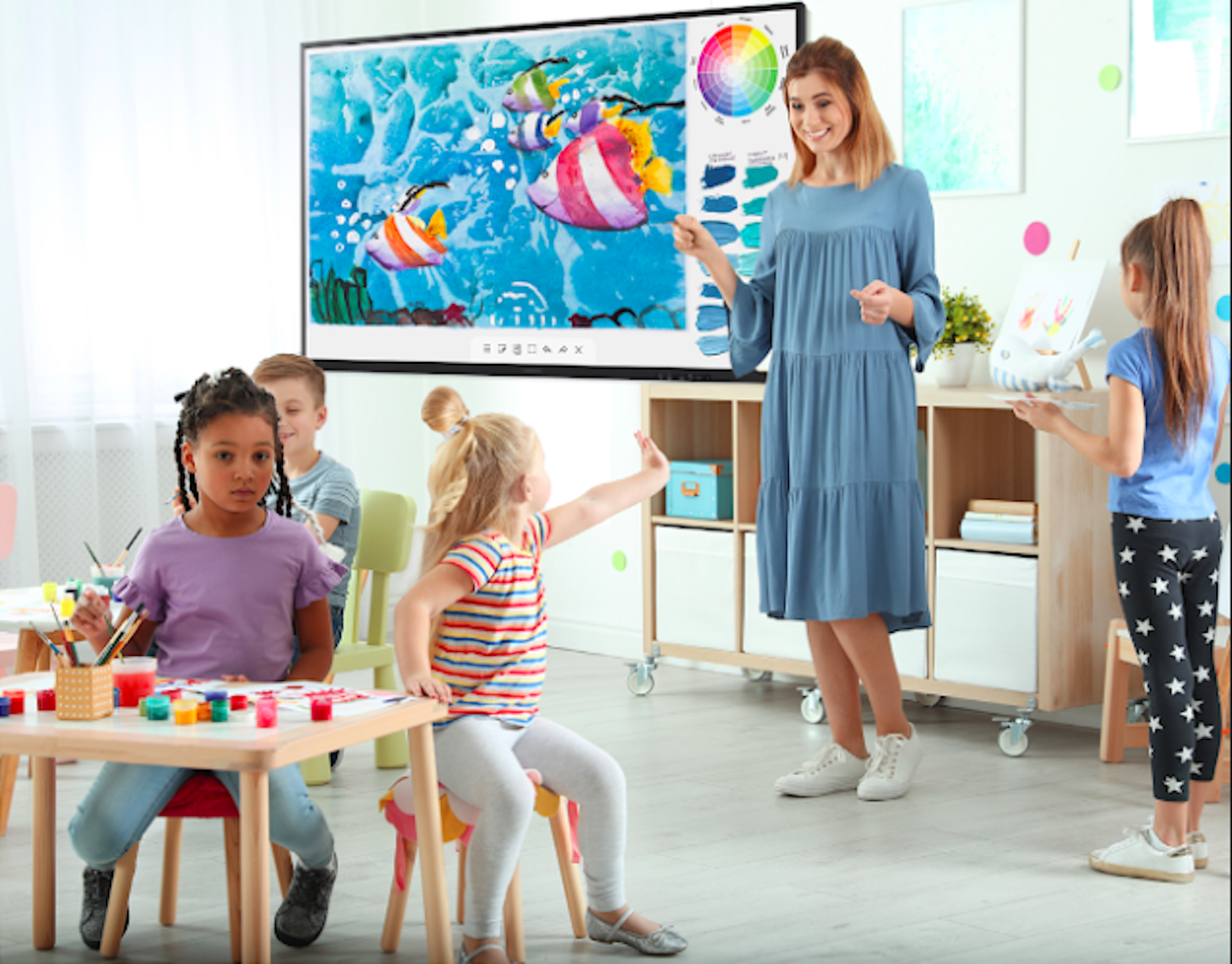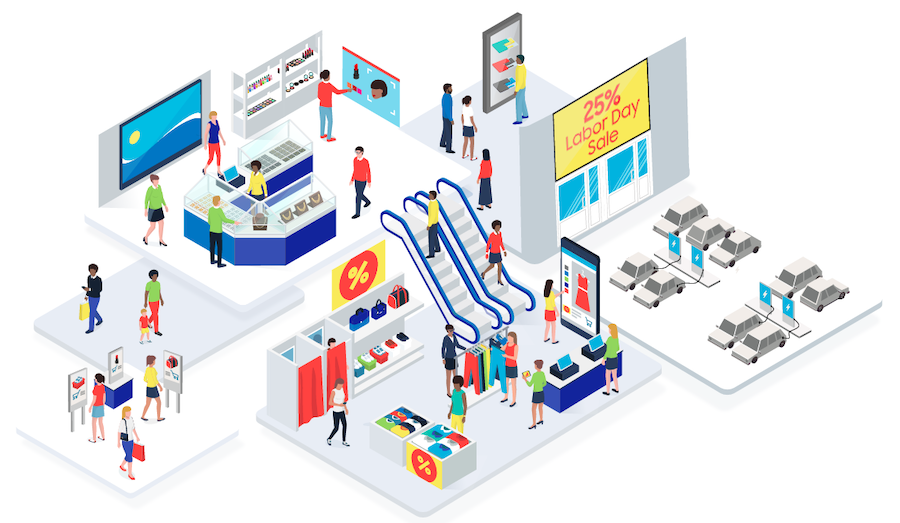South Korean consumer electronics major Samsung, which on Wednesday launched its latest smartphone Galaxy S25 here, will also be manufactured at its Noida plant in India, said J B Park, President and CEO of Southwest Asia.
Moreover, the Bengaluru-based R&D centre of Samsung, the biggest outside South Korea, has “contributed significantly” to developing the S25 series of Galaxy AI.
The new flagship phone, which comes in three variants Galaxy S25 Ultra, Galaxy S25+ and Galaxy S25 — will help Samsung to strengthen its AI ecosystem in India.
This will also help Samsung position itself in the super-premium smartphone segment, priced over USD 800 dollars, in the Indian market, where it is facing stiff competition from Apple.
- Also read: Galaxy S25 launched: Samsung bets on Google’s AI and Qualcomm to revive sales
The new phone has a customised Snapdragon 8 Elite Mobile Platform for Galaxy chipset, which delivers greater on-device processing power for its Galaxy AI and a superior camera range and control with Galaxy’s next-gen ProVisual, the South Korean Chaebol claimed.
While speaking about Galaxy S25, Park said: “We will also manufacture the new Galaxy S25 series at our Noida plant in India.”
“We are confident that Galaxy S25 will prove to be more popular than its S24 series,” he added.
In S25, Samsung is upgrading AI features such as circle to search making it more helpful, fast and contextual.
According to Park: “In fact, Indian consumers are the biggest users of Galaxy AI features such as circle to search and call assist.”
Circle to search now quickly recognises phone numbers, emails and URLs on your screen, letting you call, email or visit a website with a single tap, the company claimed.
Samsung, which starts the year with the launch of S25, expects 2025 to be a “bigger year” for the Indian smartphone industry, said Park in a media round table here.
S25 Ultra comes with a 6.9-inch QHD+ (Quad HD+) display, and a 50MP Ultra-Wide Camera sensor, which has been upgraded from the previous 12MP.
It has a 5,000 mAh battery and according to the Samsung Galaxy S25 series, the device uses a minimum of 50 per cent recycled cobalt for its battery.
“Galaxy S25 will be the first Galaxy smartphone to feature batteries made with recycled cobalt sourced from previous Galaxy devices or the batteries discarded during the manufacturing process,” it said.
Commenting on the development, Samsung Electronics President and Head of Mobile Experience Business TM Roh said: “Galaxy S25 series opens the door to an AI-integrated OS that fundamentally shifts how we use technology and how we live our lives.”



